 Your new post is loading...
 Your new post is loading...
The Business Model Canvas is brilliant. It has been used for several years now and it's benefits are evident. Meanwhile some of it's drawbacks are evident as well. In my opinion the major drawbacks lie in the field of customer value and market, competition and alternatives. In this module, we will focus on the relation between value proposition and customer segments in the Business Model Canvas. I have based this module on the work of: Alexander Osterwalder and the team of Business Model Generation, Derek Abell end Peter J. Thomson (credit to them!)
The Micro environment, that's our business and everyone that is directly involved and/or has a stake in the business:
entrepreneurs, personnel, investors and their families;
customers, partners, suppliers, distributors and financiers;
tax office, chamber of commerce, trade or industry association;
i.e. people that you do business with on a regular basis and that have a direct interest in the success of your business.
The Meso environment, that's your direct business environment:
potential customers, partners and investors;
potential suppliers, distributors and financiers;
local society and environment;
competitors, local rules and other stakeholders.
The Macro environment, everybody and everything else that might have an influence on your business:
(technological and demographic) trends
infrastructure, politics and legislation
crime and war
the economy, society and the environment
Lean LaunchPad is an entrepreneurship methodology created by Steve Blank to test and develop business models based on querying and learning from customers. It is based on the scientific method and combines experiential learning with the three building blocks of a successful lean startup: Alexander Osterwalder's " Business Model Canvas", Steve Blank's " Customer Development Model", and Agile Engineering.
Lean LaunchPad is an entrepreneurship methodology created by Steve Blank to test and develop business models based on querying and learning from customers. It is based on the scientific method and combines experiential learning with the three building blocks of a successful lean startup: Alexander Osterwalder's "Business Model Canvas", Steve Blank's "Customer Development Model", and Agile Engineering.
Students of Lean LaunchPad propose and immediately test business hypotheses. They get out of the building to talk with prospective customers and partners, using this customer feedback acquired in these interviews to refine their product or service; ensure their product or service meets a customer need or solves a customer problem; and validate that they have created a repeatable, scalable business model.
Methodology
Lean LaunchPad pedagogy combines three elements: a Flipped Classroom, Experiential learning and Team-based learning. During the course, students interview potential customers in order to validate or invalidate their hypotheses, as expressed in the Business Model Canvas. Students listen to recorded lectures and presentations before each class, and use class time to present what they learned from customer interviews the previous week. Students present their findings which creates the basis for discussion, critiques, and brain-storming by both professors and students.[1]
As of 2021, the Lean LaunchPad has been taught in more than 300 universities worldwide to over 20,000 teams. More than 300,000 people have signed up for a free online version of the class[citation needed].
The hidden revenue generation model is among the most profitable patterns for business models built on advertising. In fact, businesses like Google and Facebook have managed to gain more than $130 billion in 2017 from advertising on their platforms.
Born in 1996 as a travel platform of Microsoft, it would be spun off later on. Expedia became among the largest online travel agencies (OTAs) which comprises a set of brands that go from Hotels.com, Vrbo, Orbits, CheapTickets, ebookers, Travelocity, Trivago and others. The company follows a multi-brand strategy.
No campaign plan survives first contact with the enemy Field Marshall Helmuth Graf von Moltke I was catching up with an ex-graduate student at Café Borrone, my favorite coffee place in Menlo Park. This was the second of three “office hours” I was holding that morning for ex students. He and his co-founder were both…
A business model is a framework for finding a systematic way to unlock long-term value for an organization while delivering value to customers and capturing value through monetization strategies. A business model is a holistic framework to understand, design, and test your business assumptions in the marketplace.
Founded by Ryan Hoover in 2013 as a side project, Product Hunt turned into one of the most successful platforms to find out about new products, startups, and innovative applications. Acquired for $20 million in 2016, by AngelList, in 2018 Product Hunt added some premium features like Ship’s two subscription options. Ship is the name given to a set of tools enabling makers to ship their products. Other revenue streams comprise advertising, job search, and the Founder Club memberships.
The business model canvas is a framework to understand the key building blocks and components of a company. The lean startup canvas is a variation of the business model canvas, and it serves the same scope but with an emphasis on startups. Therefore, where the business model canvas is more suitable to understand the core components of larger organizations, a lean canvas is primarily focused on problems and solutions as key foundational elements for a startup.
Fiverr makes money primarily through transaction fees and service fees. The company follows a two-sided digital marketplace business models, where it needs to attract both buyers (SMEs businesses) and sellers (freelancers) that enable the platform to grow. The company looks at two key metrics for its growth over time, the repeat buyers and the spend per buyer over time.
In corporate finance, the financial structure is how corporations finance their assets (usually either through debt or equity). For the sake of reverse engineering businesses, we want to look at three critical elements to determine the model used to sustain its assets: cost structure, profitability, and cash flow generation.
A distribution channel is the set of steps it takes for a product to get in the hands of the key customer or consumer. Distribution channels can be direct or indirect. Distribution can also be physical or digital, depending on the kind of business and industry.
In the book Unlocking The Customer Value Chain, professor Thales Teixeira explains it as a framework of all the steps or activities that customers have to go through to acquire products and services. The customer value chain then helps to map the journey of our customers from their viewpoint.
|
Content of this MOOC Module:
Value Web 1: (script)
Clip 1: Model of a simple supply chain for the cotton industry in Mozambique
Clip 2: How a supply chain can turn onto a value web
Clip 3: How to do a gap analysis on your value web
Clip 4: How to improve the performance of your value web
Value Web 2: (under construction)
Model of a simple overseas trade supply chain
How to position yourself in the supply chain
How to choose partners and distributors
When Dropbox launched, a number of cloud storage competitors with deep pockets already existed: Google Drive, iCloud, AWS, Carbonite, to name a few. To get their product off the ground, Dropbox had to be different. And simple to understand.
Subscription-based business models are built on a recurring customer base, where customers rather than own, usually have access to the product or service. The customer can have the upside of the service, without owning the good underlying it, which is maintained by the company running the subscription-based business.
A business model pattern is a blueprint to creating new ideas and achieve business model innovation as a mean to create a lasting competitive advantage.The BMI Lab identified 60 Business Model Navigator Patterns by the research of Oliver Gassmann, Karolin Frankenberger, and Michaela Csik
Honey earns affiliate commissions from stores when users find savings, as the purchase is confirmed. Honey also makes money with its Honey Gold earning a commission when the member visits a partner store while it offers members a digital coupon to apply at purchase. PayPal acquired honey in 2020 for a $4 billion cash acquisition.
In this episode, I took the chance to ask, Felix Hofmann, CEO of the Business Model Innovation Lab, a spin-off from the University of St. Gallen, a few questions about business model innovation and more! To give a bit of context the Business Model Innovation Lab is a spin-off from the University of St. Gallen, … Continue reading Discussing Business Model Innovation With Felix Hofmann [Lecture]
A business model canvas is a framework to evaluate the key building blocks that make up a company from a competitive advantage standpoint. A value chain model instead focuses on how value is delivered to potential customers through a set of activities and via the company's organizational structure. Both tools can be used to assess the competitive edge of a company and how to deliver value.
TOMS Shoes’ business model is called one-for-one. It means that for each pair of shoes sold, the company gives one pair back to kids in developing countries. The one-for-one model allows the company to monetize through consumers’ word of mouth and social campaigns, with a minimum effort in terms of sales and marketing. The one-for-one … Continue reading How Does TOMS Shoes Make Money? The One-For-One Business Model Explained
The business model canvas is a tool devised by Alexander Osterwalder and Yves Pigneur in the book Business Model Generator, to design successful businesses. As alternatives to the business model canvas, you can use tools like blitzscaling canvas, lean canvas, VTDF framework, 3C business model, and more. ContentsAlternative tools to the business model canvasLean Startup CanvasBlitzscaling … Continue reading Alternatives To Business Model Canvas
A price maker is a player who sets the price, independently from what the market does. The price setter is the firm with the influence, market power, and differentiation to be able to set the price for the whole market, thus charging more and yet still driving substantial sales without losing market shares.
The Platform Canvas is a framework proposed by Marcel Allweins, Markus Proesch, and Ted Ladd, leaned on Osterwalder and Pigneur’s Business Model Canvas. Other than the Business Model Canvas which focuses on traditional businesses, the Platform Canvas is devoted to identifying and interpreting the unique elements of multi-sided platform companies and their network dynamics.
By definition, a horizontal market is a wider market, serving various customer types, needs and bringing to market various product lines. Or a product that indeed can serve various buyers across different verticals. Take the case of Google, as a search engine that can serve various verticals and industries (education, publishing, e-commerce, travel, and much more).
|
 Your new post is loading...
Your new post is loading...
 Your new post is loading...
Your new post is loading...




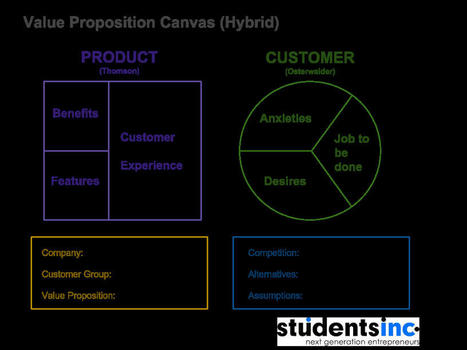

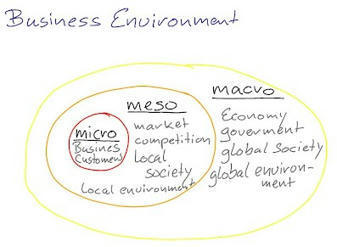


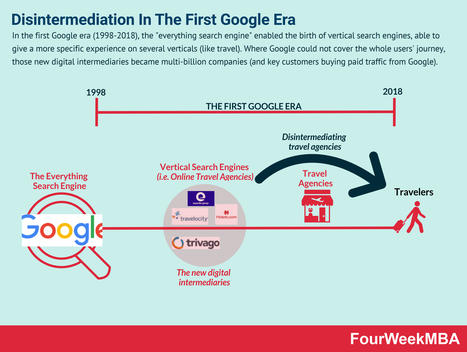


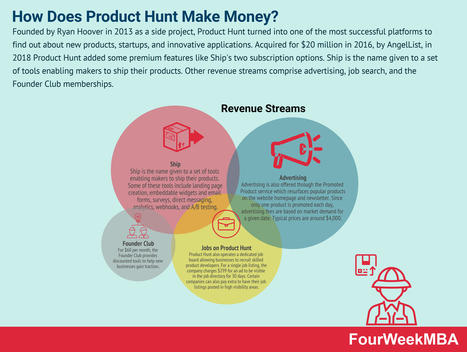
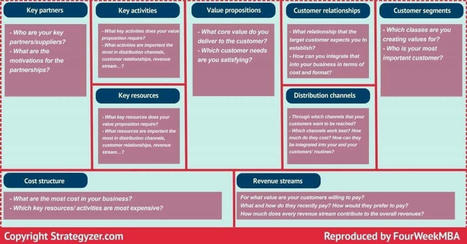
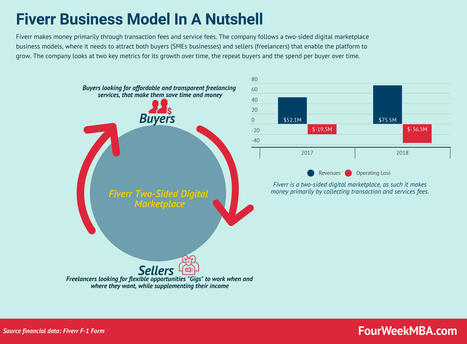
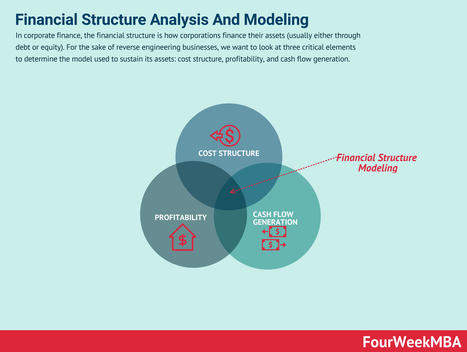


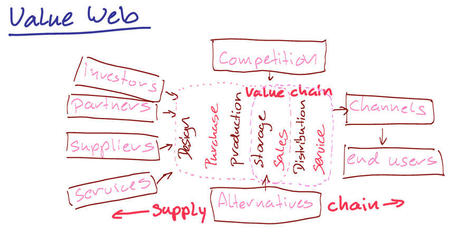

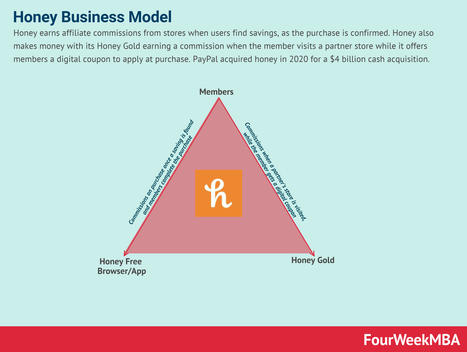
![Discussing Business Model Innovation With Felix Hofmann [Lecture] | Devops for Growth | Scoop.it](https://img.scoop.it/3TqjJyelVwQXt3U0DxsNOzl72eJkfbmt4t8yenImKBVvK0kTmF0xjctABnaLJIm9)
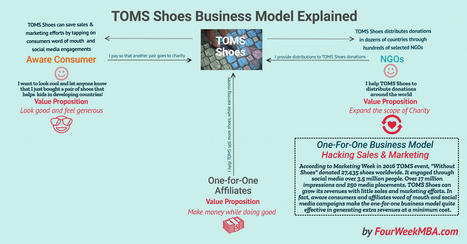
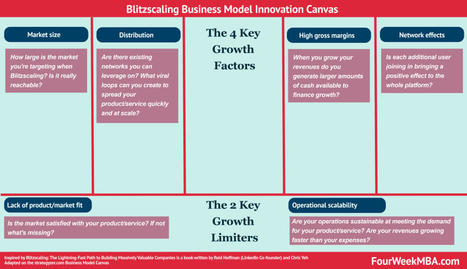

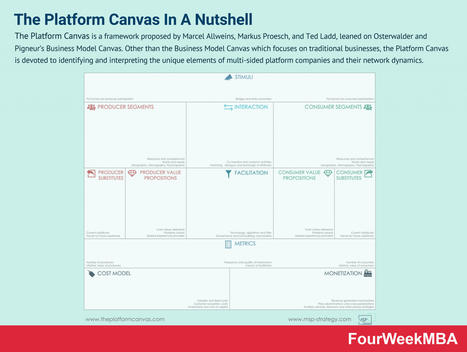






Business Model Canvas Step 2:
Abell Step 3:
Osterwalder Step 4:
Thomson Step 5:
De Witte
(business perspective)
(benefits & features)
Gains
Pains
Benefits
Experience
Customer Benefits
User Experience
Value to Customer
Costs to Customer
(customer perspective)
Function
(needs and wants)
Gain creators
Pain relievers
Wants
Fears
(needs and wants)
Customer Anxieties
(fears, worries and sorrow)
Competitors and
Alternatives
Urgency
Will to sacrifice
Availability of means